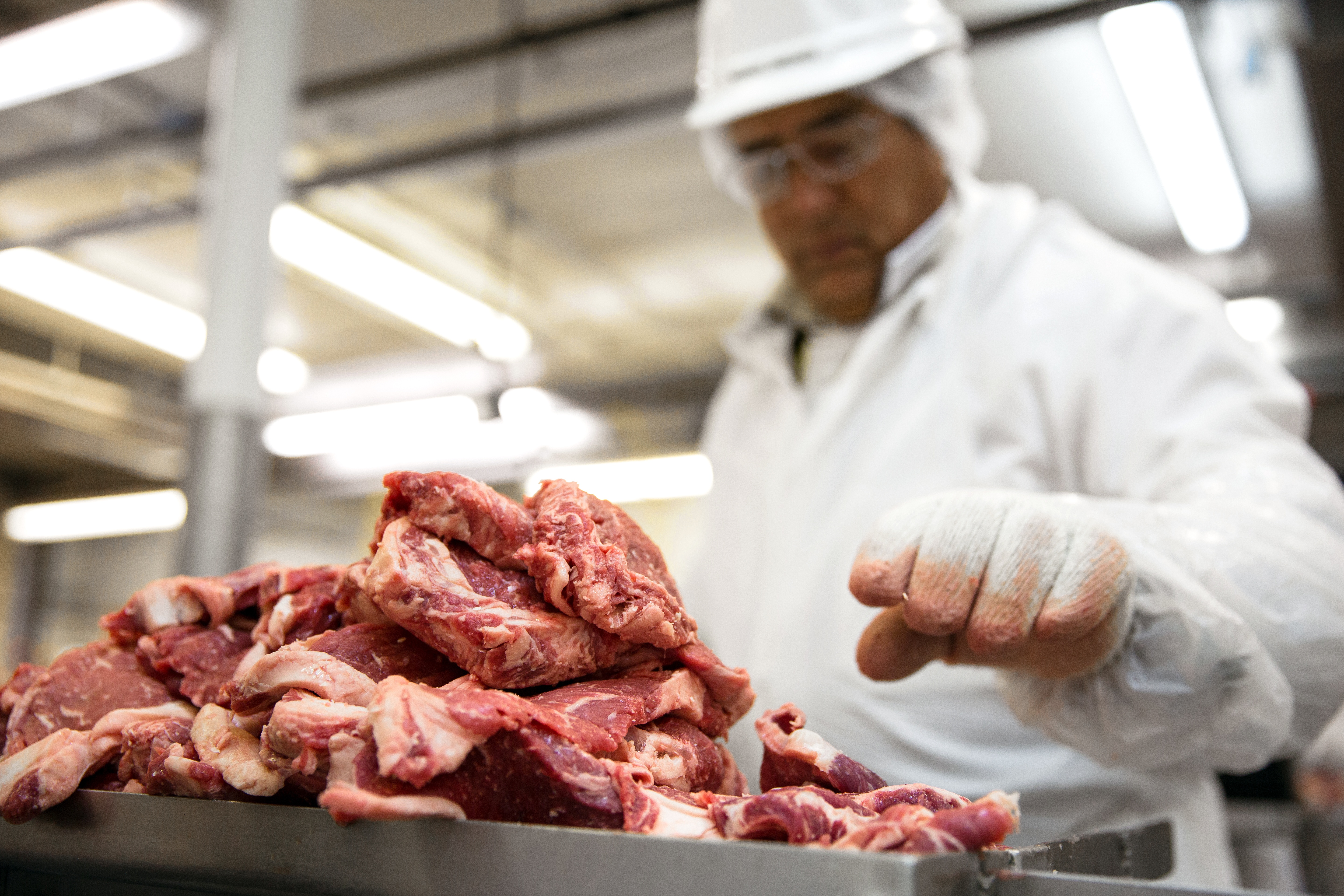Silk is highly-desirable and is much admired for its remarkable combination of softness, strength, and elasticity. Made from farmed silkworms, the manufacture of silk is costly, and this expense is passed onto consumers at a premium price point. The good news is that scientists have recently found a way to make silk from a simple cheese by-product, a move that could revolutionise the market.
Scientists find a new “whey” to make silk
A group of Swedish-German researchers has recently discovered a way to turn whey into silk. The researchers at Sweden's Royal Institute of Technology developed a way of using heat and acid to make artificial silk out of the whey derived from cow’s milk. This development has the potential to shake up the silk industry, because it currently takes upwards of 3,000 silkworm cocoons to make one pound of silk, making it a costly consumer item.
The science of making artificial silk
Under the influence of heat and acid, nanofibrils were formed from a protein within the whey - these can be up to 2000mm long and 4 to 7 nm thick. Slightly higher protein solutions yield much shorter and thinner fibrils, with an average length of just 40 nm and a thickness of 2 to 3 nm. The process has similarities to the way that spiders produce their silk threads, an amazing example of the way that we can replicate natural processes within a lab.
A new “whey” forward for the silk industry
This discovery has exciting applications moving forward, and the cost savings alone have the potential to make silk a much more affordable commodity. Once the process is fully optimised the researchers are positive that their breakthough could lead to large-scale production of silk-like material, and the end result could help develop materials such as artificial tissue for medical applications. After that, the future is anyone’s guess – but it’s definitely the “whey” forward.
Need advice on colour coding? Learn more with our Food Industry Colour Coding Product Guide.

.png?width=640&name=03.17_Rodburn-CO_CollateralsCTA%20(1).png)




